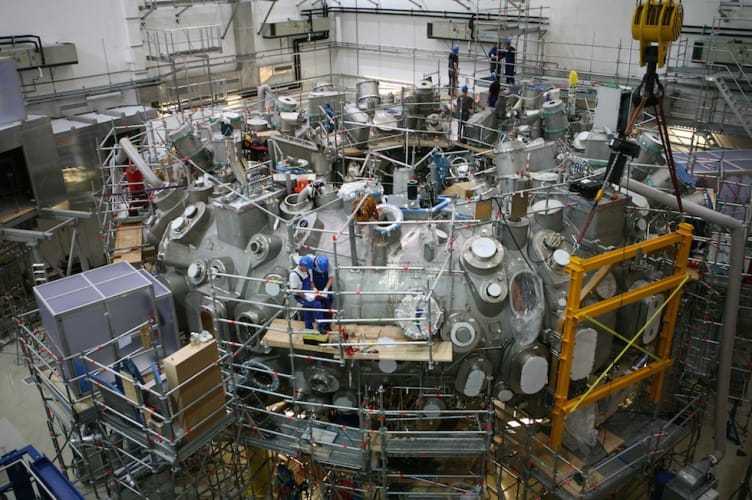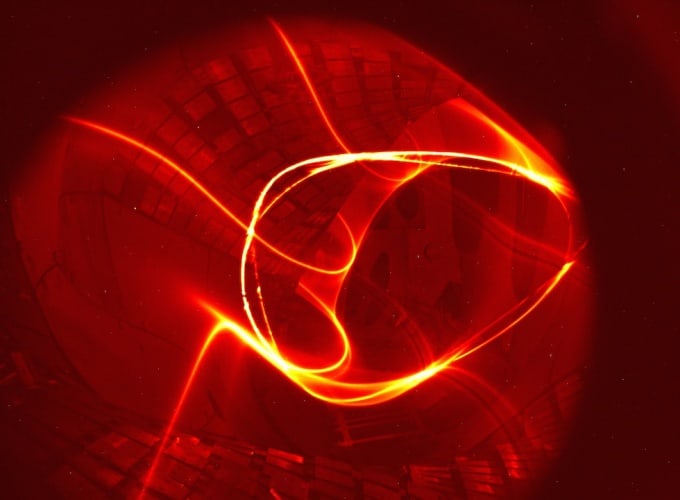Wendelstein stellarator begins upgrades after fusion success
The Wendelstein 7-X stellarator has successfully completed its first stages of research, heating plasmas to temperatures of 100 million degrees Celsius and achieving pulse lengths of six seconds.


Known as W7-X, the nuclear fusion device is the largest stellarator ever constructed, using 50 computer-designed electromagnets to guide superheated plasma around its 16m-long toroidal chamber. The project has taken two decades to reach this point, and is potentially a key step towards nuclear fusion power plants that will provide clean and virtually limitless energy.
Following an intricate build process that lasted nine years and involved over a million hours of labour, W7-X was fired up for the first time in December last year at the Max Planck Institute for Plasma Physics (IPP) in Greifswald, Germany. Initially heating helium to around 1 million degrees Celsius, the device reached a significant milestone in February of this year when it made its first hydrogen plasma.

In total, approximately 2,200 plasma pulses have been fired since operations began, building from initial lengths of half a second up to six seconds. At mean plasma densities the physicists were able to generate temperatures of 100 million degrees Celsius for the plasma electrons, and 10 million degrees for the ions. These temperatures were recorded using 4 megawatt microwave pulses lasting one second.
Register now to continue reading
Thanks for visiting The Engineer. You’ve now reached your monthly limit of news stories. Register for free to unlock unlimited access to all of our news coverage, as well as premium content including opinion, in-depth features and special reports.
Benefits of registering
-
In-depth insights and coverage of key emerging trends
-
Unrestricted access to special reports throughout the year
-
Daily technology news delivered straight to your inbox










UK Enters ‘Golden Age of Nuclear’
While I welcome the announcement of this project, I note that the original budget cost for Hinkley Point C was £18 billion and this has constantly...